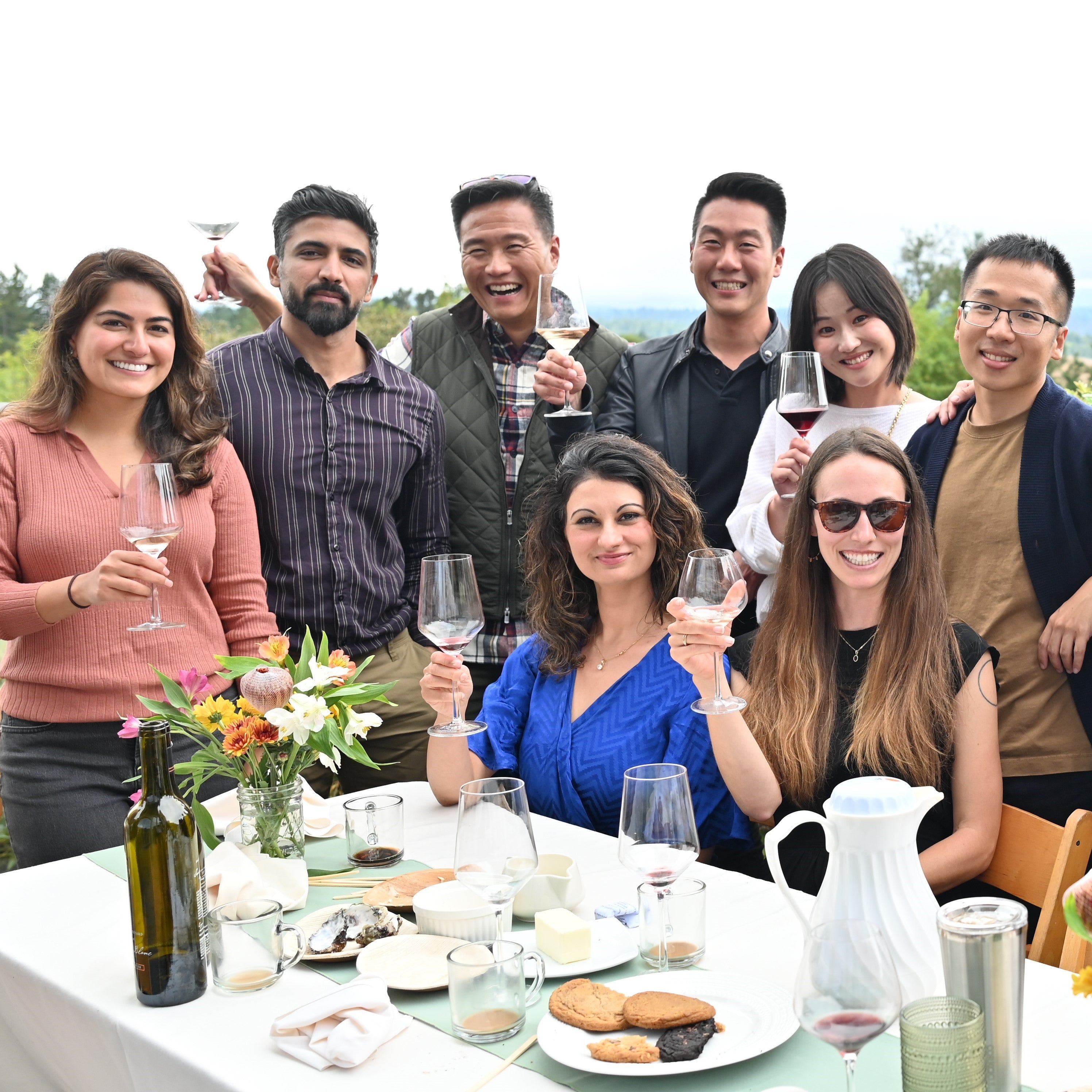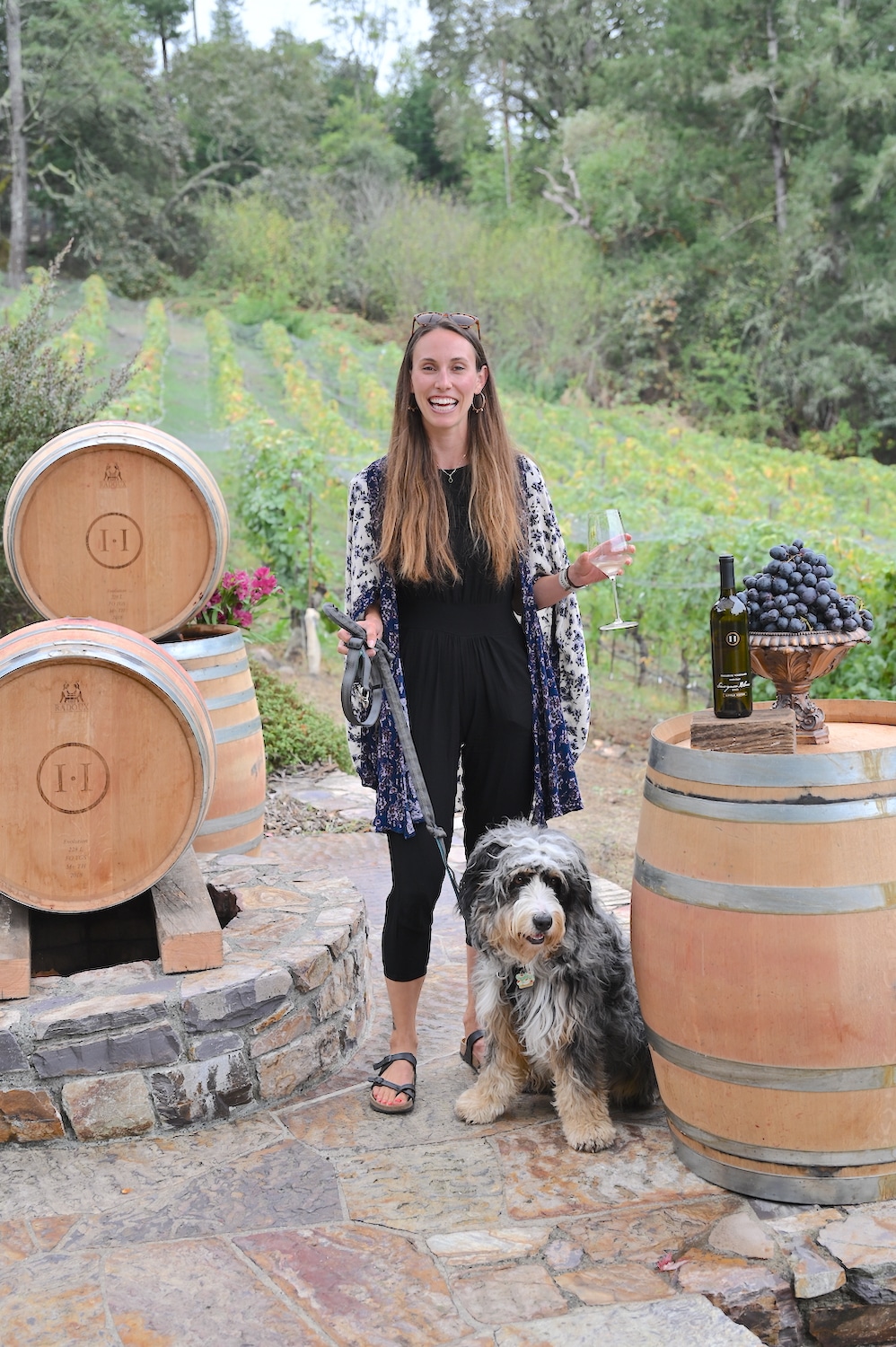Wineries With Educational Tours In Sonoma - Discovering The Vineyards Of Sonoma County
Celebrated Winemakers To Discover In Sonoma - Wine Tasting Activities In Sebastopol
Wine tasting is an art that requires practice and an understanding of various elements involved within the course of. One essential component of wine tasting is the event and interpretation of tasting notes, which serve as a guide for both novices and seasoned connoisseurs. A Guide To Understanding Winery Wine Tasting Notes can enhance your wine-tasting experience, making it more meaningful and enjoyable.

Tasting notes are concise descriptions that capture the essence of a wine’s flavors, aromas, and total character. Usually composed by professional tasters, winery tasting notes supply insights into the nuances of assorted wines. They might help wine enthusiasts perceive what to anticipate from a particular bottle. However, tasting notes can vary extensively in style and element based on the writer's experience and palate.
Charming Wineries Offering Wine And Food Pairings - Vineyard Tasting Events In Sonoma County
When you first method a glass of wine, your senses will begin to engage instantly. The sight, odor, and style of the wine will converge to offer you a complete experience. Tasting notes typically begin with the visible assessment, the place the color of the wine is taken into consideration. Colour plays a big role in indicating the wine’s age, grape selection, and even its flavor profile.
After assessing the visual side, the next step entails swirling the wine in the glass. This motion aerates the wine, allowing its aromas to awaken. Smelling the wine supplies critical perception into its complexity. The initial sniff can ship a flood of scents that may embrace fruity, floral, natural, or earthy notes. This is usually essentially the most subjective part of tasting, as particular person experiences can dramatically differ.
In winery tasting notes, descriptors are often categorized into main, secondary, and tertiary aromas. Major aromas often stem from the grape selection, secondary aromas derive from fermentation processes, and tertiary aromas come up from aging. Understanding these categories may help you appreciate the depth of a wine, they usually additionally give you the vocabulary to specific your experience better.
Upcoming Wine Festivals In Sonoma County - Vineyards Near Sebastopol
Following the olfactory encounter, your focus will shift to the taste of the wine. This is the place the primary characteristics—sweetness, acidity, tannins, alcohol—come into play. Tasting notes often element these flavors in a quantity of dimensions, including the preliminary assault on your palate to the lingering end on your tongue. A high-quality wine will present a harmonious steadiness between these elements.
While tasting, it's essential to ponder the body of the wine, which may be described as light, medium, or full. The physique contributes significantly to your total impression, helping you consider how the wine pairs with food or whether or not it stands alone as a sipping wine. Balancing the body with the opposite characteristics will give you a fuller understanding of what the wine has to offer.
The finish of the wine, additionally referred to as the aftertaste, is one other crucial side typically included in tasting notes. A lengthy, pleasant end usually signifies a higher high quality wine, while a brief or cloying aftertaste may counsel otherwise. Evaluating the end can offer additional insight into the wine's complexity and distinction.
Understanding the context of winery tasting notes is also valuable. Tasting notes can present contextual information about the winery's location, climate, and grape-growing practices. This context provides another layer of appreciation for the wine, permitting enthusiasts to attach the sensory experience with its origins, thus enhancing the enjoyment further.
Wineries Producing Pinot Noir And Chardonnay - Unforgettable Wine Tastings In Sonoma
Many wineries provide tasting notes on their web sites or labels, typically written in an approachable yet informative style. However, not all winery tasting notes are created equal. Some could additionally be overly technical, whereas others may prioritize marketing aptitude over insightful evaluation. Studying to navigate these notes can arm you with the data to make informed selections when deciding on wines.
Taking Part in tastings at wineries also can deepen your understanding of wine tasting notes. Interacting with knowledgeable staff can provide you a more hands-on approach to exploring completely different wines and the language used to explain them. Wineries With Estate-Grown Grapes. You May have the chance to ask questions, engage in discussions, and potentially refine your palate in actual time.
Experimentation is important for mastering wine tasting notes. As you sample different wines, strive making your personal notes. Focus on describing the wine’s color, aroma, style, and end. Over time, you’ll develop a personal vocabulary that resonates along with your sensory experiences. Every note you create will help refine your palate, permitting you to understand wines at a deeper level.
Wineries Offering Elegant Wine Tastings - Finding Good Wineries For Wine Tasting
In conclusion, a Guide To Understanding Winery Wine Tasting Notes presents a complete framework for diving into the world of wines. It equips you with the methods and language essential to articulate your experiences. Whether Or Not you're a informal drinker or a dedicated aficionado, understanding and utilizing tasting notes can profoundly influence your wine journey. This information not only enhances your enjoyment but in addition connects you deeply with the rich narratives each bottle tells. By this embracing this journey, you become part of the beautiful mosaic of wine culture, the place each sip unveils a model new story ready to be found.
- Wine tasting notes sometimes encompass quite a lot of sensory descriptions, together with aroma, flavor, acidity, physique, and end, allowing tasters to fully recognize the wine's traits.
- To improve your understanding, familiarize yourself with common wine terminology such as "tannins," "oakiness," or "terroir," which may help decipher the notes extra effectively.
- A systematic approach to tasting involves first visually assessing the wine's shade and readability, followed by swirling to release aromas, then inhaling and describing what you experience.
- Taking notes throughout tasting can help determine patterns over time, improving your palate and making it simpler to recall preferences for future selections.
- Don't overlook the affect of food pairings; tasting notes can differ tremendously when a wine is enjoyed with complementary flavors, altering perception and pleasure.
- Pay consideration to the wine’s vintage, as climatic conditions in a given year can considerably affect the final product, including one other layer to the tasting notes.
- Consider the winemaker's style and philosophy, which can form the wine's profile and influence how its notes evolve with each sip.
- Working Towards with totally different grape varieties can broaden your vocabulary; each kind brings unique characteristics that may enhance your capacity to articulate tasting notes effectively.
- Engaging with wine professionals or attending tasting events can present useful insights, offering a richer context for understanding personal tasting notes.
- Bear In Mind that tasting is subjective; individual preferences and experiences will form one’s interpretation of the same wine, enriching the general enjoyment of wine exploration.
What are wine tasting notes?
Wine tasting notes are descriptive comments made by tasters concerning the look, aroma, style, and end of a wine. They provide an outline of the wine's characteristics and may help consumers understand the style and high quality of the wine.
Wineries In Sebastopol - Best Wineries In Sonoma For A Wine Experience
Why are tasting notes important when selecting wine?
Tasting notes can guide you in selecting a wine that suits your palate. They present insights into flavors and aromas, serving to you to match wines with food or occasions. Understanding these notes enhances your general wine experience.
How should I learn wine tasting notes?
(Wineries With River Views)
Wine Tasting Experiences With Local Cheese - Enjoying Wine In Sebastopol

When reading wine tasting notes, pay consideration to the construction: look for descriptions of colour, aroma, flavor, and end. This will assist you to grasp the wine's profile and decide if it aligns with your preferences.
What terms generally appear in wine tasting notes?
Widespread phrases include "tannin" (the structure), "acidity" (the crispness), "body" (the weight), and varied flavor descriptors like "fruity," "earthy," or "spicy." Familiarizing yourself with these terms can deepen your understanding of wine.
Wineries Known For Their Hospitality - Luxury Wine Tasting In Sonoma County
Am I Able To create my very own tasting notes?
Yes! Writing your personal tasting notes can improve your wine tasting experience. Focus in your observations of style, aroma, and other sensory characteristics. This personal practice can help you refine your article source palate over time.
How do I determine the aromas in wine tasting notes?
Wineries With Breathtaking Gardens In Sonoma - Wineries With Outdoor Tastings In Sebastopol
To determine aromas, practice smelling a selection of scents and associating them with wines. Swirl the wine in your glass to release its aromas, then take a moment to breathe in deeply before figuring out any distinguished scents.
What is the difference between professional and private wine tasting notes?
Professional tasting notes may use extra technical language and specific terminology, whereas personal tasting notes are subjective and replicate particular person experiences. Both are useful for understanding and having fun with wine, but personal notes could resonate more together with your distinctive tastes.
How can tasting notes enhance my wine appreciation?
Wineries Located Near Russian River Valley - Vineyard Visits And Wine Tasting In Sonoma
Tasting notes can enhance your appreciation by helping you to understand and articulate the complexities of wine. They encourage mindful tasting and provide a framework for comparing totally different wines, leading to a richer enjoyment of the beverage.
Are there any apps or tools to help with wine tasting notes?
Yes, there are a number of apps designed to help customers report and manage their tasting notes. These instruments usually provide options like flavor wheel guides and wine database searches, making it simpler to track your journey via totally different wines.